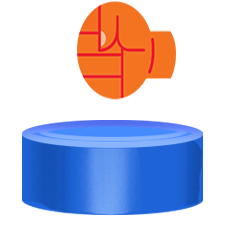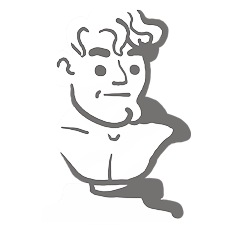Zainstaluj Steam
zaloguj się
|
język
简体中文 (chiński uproszczony)
繁體中文 (chiński tradycyjny)
日本語 (japoński)
한국어 (koreański)
ไทย (tajski)
български (bułgarski)
Čeština (czeski)
Dansk (duński)
Deutsch (niemiecki)
English (angielski)
Español – España (hiszpański)
Español – Latinoamérica (hiszpański latynoamerykański)
Ελληνικά (grecki)
Français (francuski)
Italiano (włoski)
Bahasa Indonesia (indonezyjski)
Magyar (węgierski)
Nederlands (niderlandzki)
Norsk (norweski)
Português (portugalski – Portugalia)
Português – Brasil (portugalski brazylijski)
Română (rumuński)
Русский (rosyjski)
Suomi (fiński)
Svenska (szwedzki)
Türkçe (turecki)
Tiếng Việt (wietnamski)
Українська (ukraiński)
Zgłoś problem z tłumaczeniem























cool mod
cantonCoord = v.vTexCoord + v.vTexCoordFlag * zoomFactor;
A general formula would be
int2 FlagsPerRowAndColumn = ...; // (16,16), (10,4), or (10,2)
cantonCoord = v.TexCoord + v.vTexCoordFlag / FlagsPerRowAndColmun;
For regular flags, FlagPerRowAndColumn is always (16,16) so your zoomFactor of (1/15,1/15) is quite close, but but custom flags, I have implemented, for a personal mod, a function that returns (10,4) or (10,2) — Vanilla values — which could be useful for your PixelShaderFlagTextColorColony::main.
I know that the texture coordinates of the pattern are treated by the shader as they would be for any regular flags, but I think that the symbol is just another layer, added after the masked flag and before the overlay.